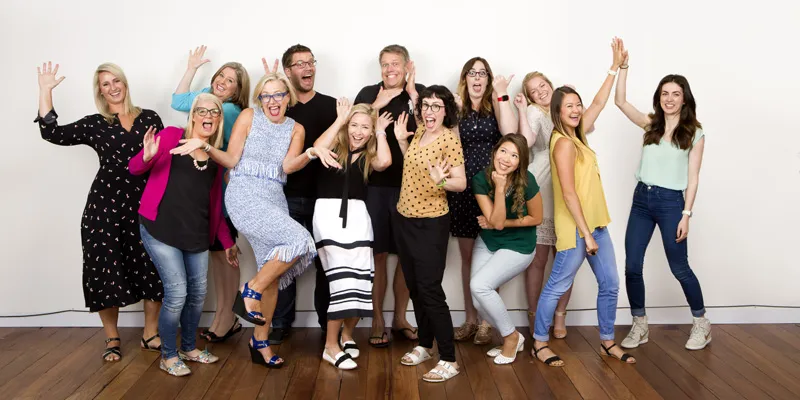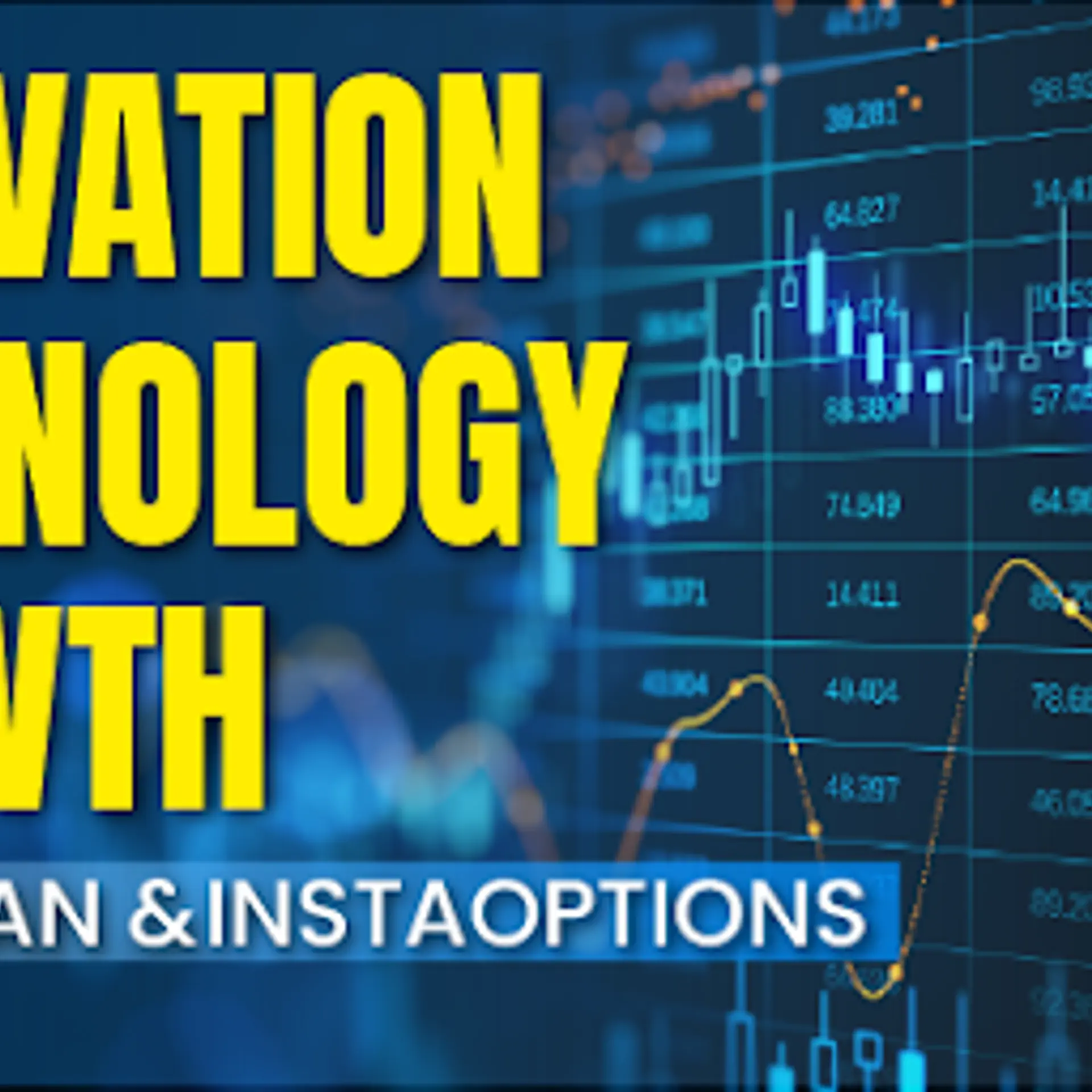Get close to your customers, says Amantha Imber, author of ‘The Innovation Formula’
Dr Amantha Imber is the author of The Innovation Formula (see my book review). She is an innovation psychologist and Founder of Australian innovation consultancy Inventium.

Amantha is the Co-creator of the BRW Most Innovative Companies list, an annual ranking of Australia's top innovators. With a PhD in organisational psychology, she has helped companies such as Google, Coca-Cola, Disney, LEGO, Red Bull, American Express, Virgin Australia, and Commonwealth Bank in their innovation initiatives.
Amantha joins us in this interview on entrepreneurial success, emerging tech trends, and innovation research.
YS: In the time since your book was published, what are some notable new examples of innovation you have come across?
AI: The new social app Musical.ly has been adopted like wildfire. People are saying they have never seen a social app taken up by so many people so quickly. It’s a simple idea that obviously resonates strongly with its target market.
Although this idea is a few years old, I do love that Volvo put airbags on the outside of their cars to protect pedestrians. Although with the introduction of autonomous vehicles, there hopefully won’t be a need for this kind of innovation in the future!
And being an ex-Table Tennis nut, I enjoyed hearing about The Table Tennis Player project by university student Thomas Mayer that actually maps where the ball hits the table and provides players with real time feedback on their game and style. I would have loved an innovation like this a couple of decades ago when I was playing a lot of table tennis.
YS: What are the typical challenges entrepreneurs face as they scale up their organisation from innovator to mature player? How can they be overcome?
AI: The biggest challenge I see entrepreneurs face is once they have a successful product in the market it becomes increasingly difficult to balance the need for incremental innovation of their current product with also continuing to pursue more disruptive forms of innovation.
Entrepreneurs need to deliberately balance constantly improving the product offering that helped them become a successful company. They need to stay close to customers and be always asking them when frustrates them about their product and what they can thus seek to innovate.
But at the same time, entrepreneurs need to deliberately carve out time to think about the next breakthrough or disruptive innovation they want to take to market. Finding a balance between the two can be one of the biggest challenges entrepreneurs need to solve.
YS: Who are some of the innovators you admire the most today? What is it that makes them role models?
AI: I have a lot of admiration for Chad Dickerson, CEO of Etsy. He has put in place some brilliant initiatives to help foster an innovation culture, several of which I wrote about in my book.
I am also a huge fan of my mentor Dr Catriona Wallace who is currently taking America by storm with Flamingo, software that helps to automate the customer experience process for large companies. She leads with such authenticity and a wicked sense of humour, and inspires those around her to be brave and take risks.
YS: What do you see as the Top Three technologies with the most disruptive innovation impact?
AI: Artificial intelligence and robotics; VR; and autonomous vehicles.
YS: How was your book received? What new projects or initiatives are you working on now?
AI: So far, my book has been received incredibly well. Readers have described it as an essential manual for managing innovation culture in a way that is backed up with evidence.
We are working on a project at Inventium to help educate the next generation of entrepreneurs -- by asking the question how we can take the tools and techniques we have delivered for some of the world’s most successful companies to high school students.

YS: What can countries do to promote national innovation agendas? How is the innovation landscape in Australia?
AI: Countries need to recognise that risk-taking is a critical part of innovation -- it is impossible to innovate effectively and successfully without taking calculated risks along the way. Getting more comfortable with failure is helpful too.
The start up scene in Australia, especially tech-based startups, is incredibly strong. While Atlassian is probably Australia's most high profile success story, there are numerous examples of other companies who have made a huge impact on the global market. Envato, for example, which has its roots in Melbourne, is the world's largest online marketplace for creative assets such as website themes. Canva is another great example - software to help non-designers create beautiful designs simply.
There are also a significant number of incubators and accelerators popping up all the time. All in all, it feels like a really exciting and active scene to be a part of.
YS: What are your thoughts on accelerators and incubators as ways for companies to tap new ideas?
AI: I think that incubators and accelerators can be really great ways for companies to develop new ideas. Contacting incubators can be one useful strategy to find startups.
But for me, the problem comes when a company thinks it can simply outsource innovation to an incubator, and thus comes at the expense of ignoring responsibilities to drive it internally too.
YS: What are the key emerging areas of research within organisational innovation?
AI: I am seeing a lot more research into corporate venturing and exploring effective models to consider what kind of investments companies should be making, and what they should be avoiding.
YS: How important a role does academia play in driving innovation? What can be done to strengthen partnerships with academia?
AI: Academia continues to conduct outstanding research studies into what actually drives innovation. They help to strip out the huge amount of fluff and opinion that exists in innovation. However, the role we see ourselves playing at Inventium is to help make what academics write about in journal papers more accessible to the general public.
People are missing out on a tonne of great information if they chose to ignore academics. While it may seem like academics can be removed from the ‘real world’, but if you look at the methodologies of a lot of the studies I reference in The Innovation Formula, many of these studies are set in real organisations.
YS: What is your parting message to the startups and aspiring innovators in our audience?
AI: Get close to your customers, challenge assumptions, experiment leanly and quickly, and just get out there and do it!







